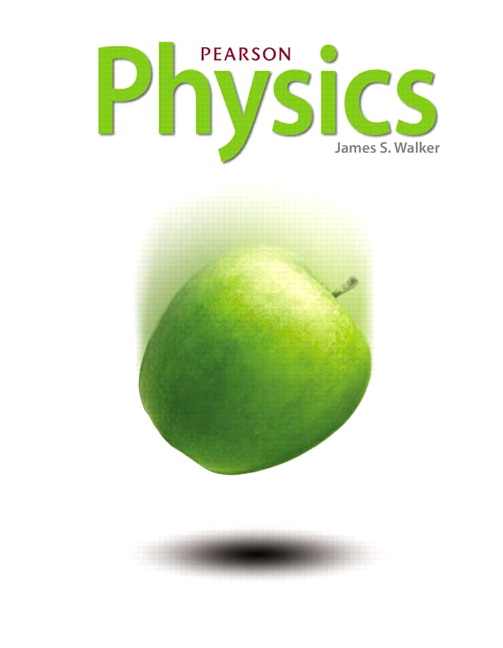
All Solutions
Page 196: Lesson Check
$$
boxed{W = Fd}
$$
The only force that can do positive friction is *static* friction. One example is two blocks on top of each other, and the lower block is pulled with a force in which the upper block does not slip. The static friction would push the upper block in a direction parallel to the applied force and the displacement of the two blocks, so the work done is positive.
*Kinetic* friction always does negative work. One example is a car that turn off its engine would slow down since the kinetic friction would apply a force opposite the direction of the car’s velocity and displacement, doing negative work.
$$
begin{align*}
W &= Fd \
&= wd \
&= left( 22~mathrm{N} right) left( 4.7~mathrm{m} right) \
&= 103.4~mathrm{J} \
W &= boxed{ 1.0 times 10^{2}~mathrm{J} }
end{align*}
$$
W = 1.0 times 10^{2}~mathrm{J}
$$
$$
begin{align*}
W &= Fd \
implies F &= frac{W}{d} \
&= frac{32~mathrm{J}}{0.95~mathrm{m}} \
&= 33.68421~mathrm{N} \
F &= boxed{ 34~mathrm{N} }
end{align*}
$$
F = 34~mathrm{N}
$$
$$
begin{align*}
W &= vec{mathbf{F}} cdot vec{mathbf{d}} \
&= Fd cos theta \
&= left( 88~mathrm{N} right) left( 3.9~mathrm{m} right) cos 25^{circ} \
&= 311.04483~mathrm{J} \
W &= boxed{ 310~mathrm{J} }
end{align*}
$$
W = 310~mathrm{J}
$$
$$
begin{align*}
F &= F_{1} – f \
&= F_{1} – mu_{k}N \
F &= F_{1} – mu_{k}mg
end{align*}
$$
$$
begin{align*}
W &= vec{mathbf{F}} cdot vec{mathbf{d}} \
&= Fd \
&= left( F_{1} – mu_{k}mg right)d \
&= left[ 160~mathrm{N} – left( 0.21 right) left( 72~mathrm{kg} right) left( 9.81~mathrm{m/s^{2}} right) right] left( 2.3~mathrm{m} right) \
&= 26.84744~mathrm{J} \
W &= boxed{ 27~mathrm{J} }
end{align*}
$$
W = 27~mathrm{J}
$$
Haven't found what you were looking for?
Search for samples, answers to your questions and flashcards

